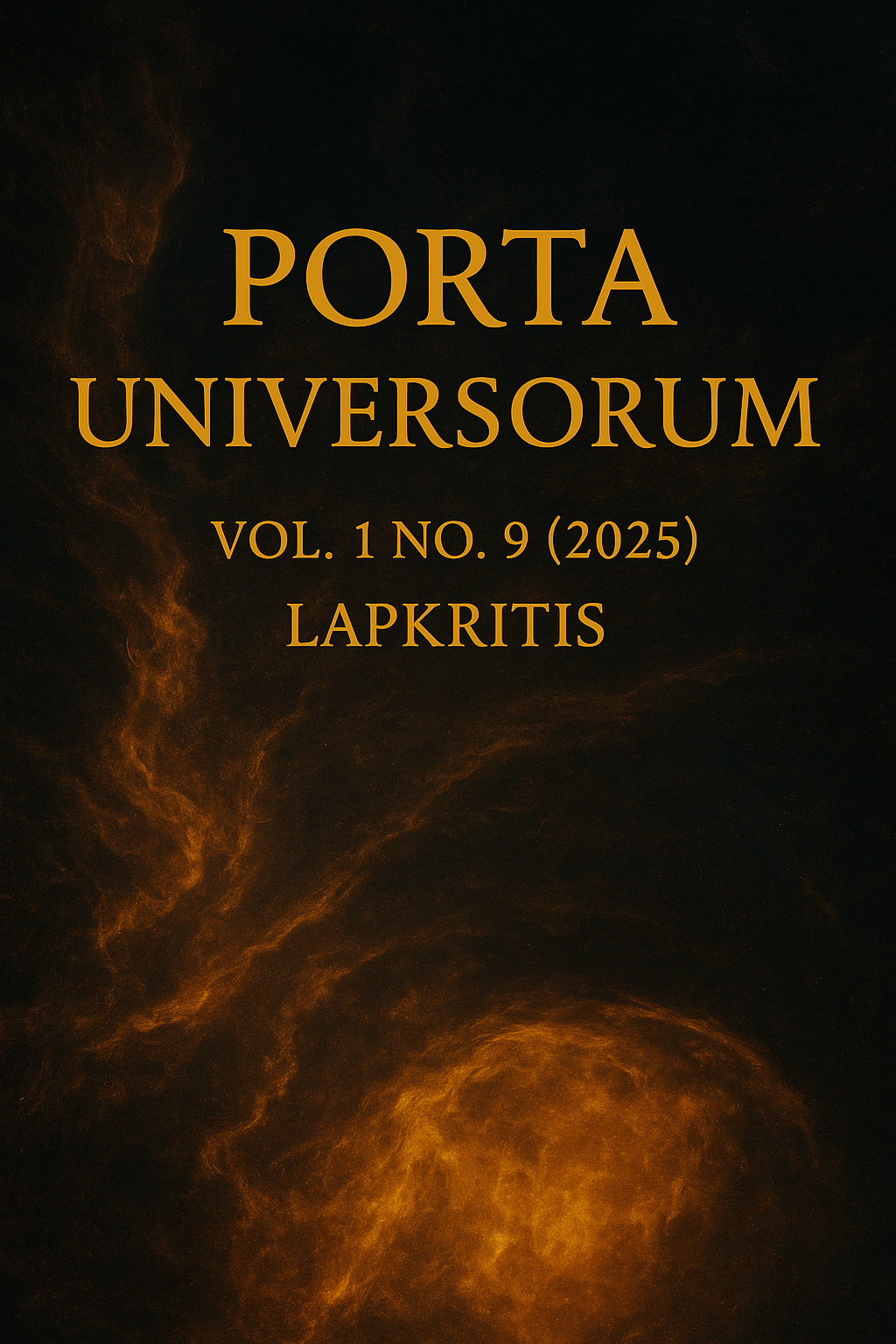Lexico-Semantic and Stylistic Features of Phraseological Units with the Component rose in Contemporary French
DOI:
https://doi.org/10.69760/portuni.0109007Keywords:
phraseology, idiomatic expressions, the colour pink, lexical semantics, stylistics, figurative languageAbstract
Speakers of French make abundant use of fixed expressions containing colour terms such as rose, which provide rich cultural and emotional imagery. This article examines the lexico-semantic and stylistic features of phraseological units that include the word rose (as a colour, a flower, or a symbol) in contemporary French. First, we outline the theoretical framework of French phraseology, with particular emphasis on lexical fixation, semantic opacity, and the metaphorical dimension of these expressions. We then draw on examples from contemporary corpora (media, literature, and the press) to analyze the semantics of various expressions with rose—such as voir la vie en rose, à l’eau de rose, and envoyer sur les roses—in order to understand how the component rose contributes to their overall meaning. We show that the lexeme rose generally carries positive connotations (optimism, romanticism, innocence), which combine with other elements to form idiomatic meanings that are often far removed from the literal sense. Finally, the stylistic analysis reveals the varied use of these phrasemes in contemporary communication: sometimes to soften or euphemize an utterance, sometimes to add a vivid, humorous, or ironic touch to discourse. These phraseological units containing the component rose illustrate the linguistic creativity and expressive force inherent in idioms, as well as their role in the vitality of present-day French.
References
Albougami, T. (2020). Une approche linguistique pour la délimitation des expressions idiomatiques des autres formes semblables : l’exemple des collocations. Bulletin of the Faculty of Arts, 80(2), 56.
Amarni, A. (2016). Étude discursive du figement dans les titres de presse : cas de Liberté (2009-2013) (Thèse de doctorat, Université Kasdi Merbah Ouargla).
Bi, I., & Mathias, G. (2020). Alchimie de l’inversion dans la littérature orale : pour une économie linguistique du genre poétique didiga. Abidjan : Éditions L’Harmattan.
Bolly, C. (2010). Flou phraséologique, quasi-grammaticalisation et pseudo marqueurs de discours : un no man’s land entre syntaxe et discours ? Linx, (62-63), 11–38.
Buņina, A. (2023). L’influence des champs sémantiques sur les manifestations de déficit de traduction des expressions figées du français vers le letton (Thèse de doctorat, Université de Lettonie).
Caws, C. G. (1995). La locution : recherches lexico-sémantiques en phraséologie diachronique (Thèse de doctorat, University of British Columbia).
Duisekova, K., Issabekova, S., Zagidullina, A., Beysembayeva, G., Bakitov, A., & Ziak, P. (2021). Structural and functional types of lexical units, their expressiveness [Types structurels et fonctionnels des unités lexicales, leur expressivité]. XLinguae, 14(4), 254–262. https://doi.org/10.18355/XL.2021.14.04.17
Pérez Miguel, M. (2017). Les locuteurs natifs parlent en phrasèmes : les différents types d’unités phraséologiques (Mémoire de fin d’études, Universidad de Salamanca).
Yao, K. (2018). Métaphores et calques dans la création phraséologique du français ivoirien. Íkala, Revista de Lenguaje y Cultura, 23(3), 469–483. https://doi.org/10.17533/udea.ikala.v23n03a03
Downloads
Published
Issue
Section
License
Copyright (c) 2025 Porta Universorum

This work is licensed under a Creative Commons Attribution-NonCommercial 4.0 International License.
License Terms
All articles published in Porta Universorum are licensed under the Creative Commons Attribution–NonCommercial 4.0 International License (CC BY-NC 4.0). This license permits:
-
Sharing (copying and redistributing the material in any medium or format),
-
Adapting (remixing, transforming, and building upon the material),
-
for non-commercial purposes only,
-
with proper attribution to the original author(s) and source.
Commercial use of the material is not permitted without prior written permission from the publisher.




